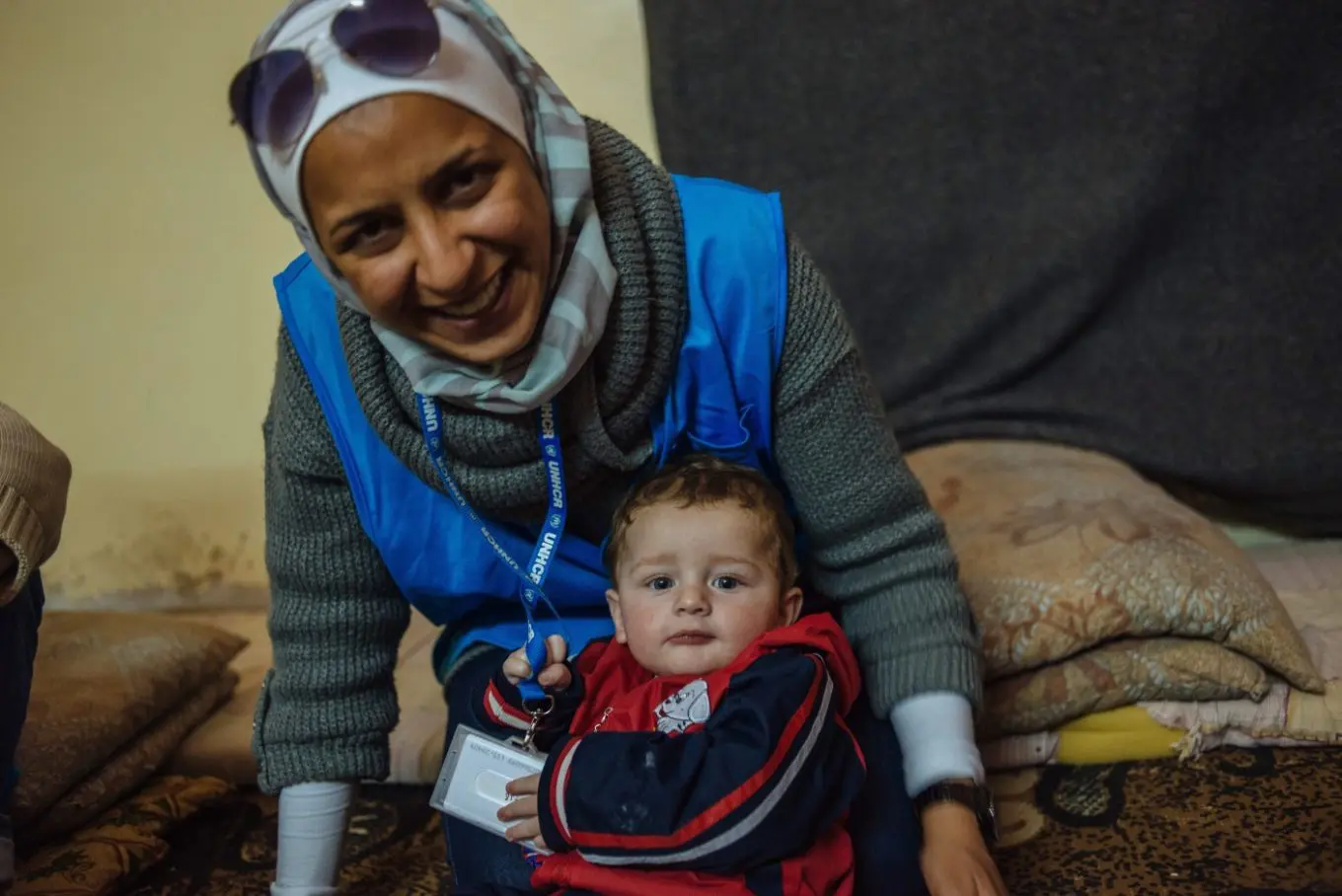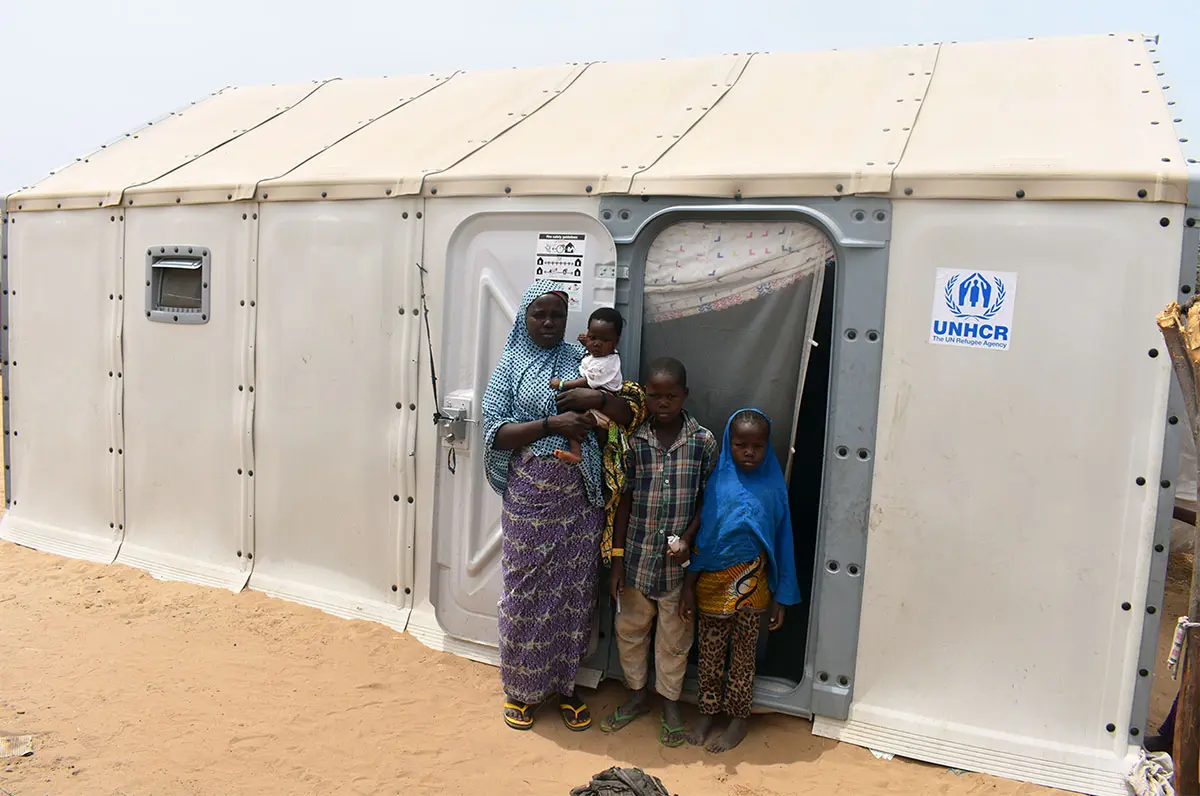Shelter
A place to feel safe and secure again.
Photo: ©UNHCR/Clemence Eliah
Shelter is key in times of crisis. It helps restore security, self-sufficiency and dignity to refugees.
Our world is currently experiencing the largest displacement crisis of our era. Driven by the Syria crisis and conflicts in South Sudan, Central African Republic and Central America, the number of people forced to flee their homes is rising every day.
To escape the violence, families leave behind everything.
Millions of families are arriving in refugee camps with nothing or struggling in sub-standard housing and half-built shelters. We believe all refugees deserve to live in safe shelter and housing. Learn more about why nobody should be left outside.
Only UNHCR has the reach and expertise to tackle this crisis and shelter millions of families—but we can’t do this alone.
Why Shelter?
Protects health
by providing a place to hang a mosquito net to prevent malaria or lay a floor mat to protect from the cold ground.
Helps restart lives
by providing an address where refugees can receive identification documents and support services, register their children for school or start a business.
Provides safety
from the weather and for women and girls at risk of rape and sexual violence and children vulnerable to exploitation.
Protects privacy
for families to bond together under the one roof and take comfort in each other.
Provides an emotional base
to plan for their future. A secure shelter allows families to work, study and live life as normally as possible.
Protects valued possessions
so that families can treasure the few items that they were able to take with them.
Shelter in urban spaces
Many refugees share accommodations in urban areas, with some living in non-functional public buildings, community centres and informal settlements. These conditions are often substandard, offering major challenges.
More than 6 million refugees and displaced people live in camps – among them are 4.6 million in planned and managed camps, and 2 million in self-settled camps.
Refugee camps
UNHCR and humanitarian partners are not in favour of creating camps because other arrangements offer a more normal life for displaced communities. When there is no alternative, UNHCR helps to design camps and settlements to keep people safe and offer them shelter. Camps should be made to protect the environment and help prevent fires and outbreaks of disease. Well-designed camps mean that refugees do not have to walk far for food, water or medical care. Refugee Housing Units are a type of shelter sometimes found in camps. They offer sustainable and durable shelter and are created through a collaboration with UNHCR, Better Shelter and the IKEA Foundation.
UNHCR’s shelter work
UNHCR distributes tents from three centres in Copenhagen, Durban and Dubai. We also provide materials like plastic sheeting and matting, which can be used to create a simple shelter. We also fund the rehabilitation of communal shelters and construction of new homes.
Donate Today
Please help refugee families in need.




